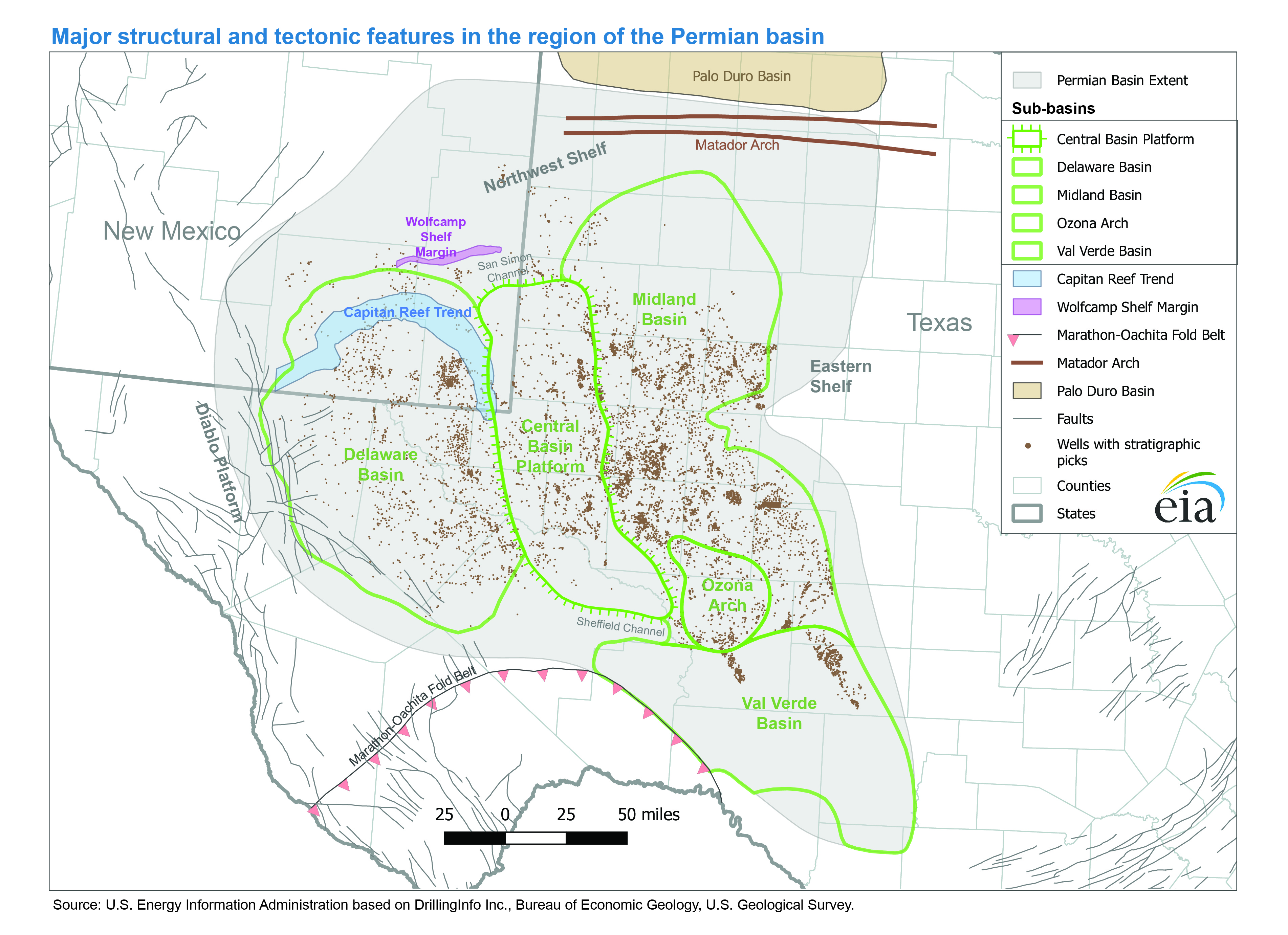I’m Buying More Of This High-Yield Energy Giant

Last month, I brought you up to speed on Occidental Petroleum (NYSE: OXY) (a High-Yield Investing portfolio holding) and its bold plan to steal Anadarko Petroleum (NYSE: APC) away from Chevron (NYSE: CVX).
Chevron had already signed a deal to take over Anadarko’s prized Permian Basin assets for $33 billion in cash and stock, but Occidental swooped in with a superior $38 billion bid, thanks largely to timely financial assistance from Warren Buffett’s Berkshire Hathaway.
As usual, Buffett drove a hard bargain and exacted great terms for his shareholders. In exchange for $10 billion in upfront financing, Berkshire will walk away with a stack of preferred shares with an 8% coupon that will generate $800 million in annual dividends.
Behind The Numbers
The total price tag for this purchase comes to $57 billion including the assumption of debt. Before the bidding war started, APC had an enterprise value of around $40 billion. While it’s common for acquirers to offer a nice premium, some of Occidental’s largest shareholders feel that the $76 per share bid was far too generous. Asset manager T. Rowe Price and shareholder activist Carl Icahn have both publicly expressed their disapproval.
Occidental is paying an Enterprise Value/EBITDA multiple of around 8, which on its face is reasonable. But ultimately, the question of whether this acquisition creates (or destroys) shareholder value won’t be fully answered until we see whether management reaps the cash flow synergies it has projected. The union of these two businesses is expected to unlock $3.5 billion in annual cost savings.
For its part, Occidental believes the deal will be accretive to earnings and could help “accelerate” dividend growth. But that depends largely on how efficiently it can milk Anadarko’s acreage. Anadarko is sitting on 10,000 future horizontal drilling targets spread over a quarter million acres in the Delaware Basin (a stacked pay zone in the heart of the Permian offering some of the best well economics). According to Morningstar, these wells are easily capable of driving 20% annual oil production growth over the next five years.

As it stands, Anadarko’s onshore properties currently produce 465,000 barrels of oil equivalent (BOE) per day. Assuming 20% growth, that output could soar to 1 million per day by 2024. That doesn’t count Anadarko’s offshore Gulf of Mexico wells, which are now relinquishing a record high 166,000 BOE per day.
This deal will essentially double Occidental’s production, which is currently running at around 720,000 BOE per day.
Anadarko has some valuable acreage but is generally considered to be a mid-tier operator. Occidental, on the other hand, is one of the best at maximizing recovery, having drilled less than 5% of the Permian’s horizontal wells but operating 40% of the top-50 gushers. It has also dramatically lowered breakeven levels and achieved a cash return on capital employed (CROCE) of 27% last year. That’s the best in the industry (incidentally, management’s compensation is tied to this same metric).
In terms of average six-month cumulative production after a well is completed, Occidental is at the industry’s top at 150,000 barrels, whereas Anadarko is close to the bottom at around 90,000. Applying its proven subsurface geological expertise and data analytics, I am confident that Occidental will coax much greater production than Anadarko from the incoming properties. For context, a 25% improvement to well productivity can boost the net present value of its cash flow stream by $2.5 million. And again, Anadarko has 10,000 potential Permian well targets.
Digesting an acquisition this size will leave the balance sheet a bit stretched, but I believe management will move quickly to deleverage. For starters, the combined company won’t need two separate headquarters. There’s a good chance that Anadarko’s twin-tower skyscrapers will be sold off, fetching tens of millions.
But that’s mere peanuts next to Anadarko’s oil and gas operations in Algeria, Ghana and several other African nations. Occidental has already struck a deal to sell these assets to Total (NYSE: TOT) for $8.8 billion (a good price), contingent upon the merger closing. Ultimately, the company plans to divest up to $15 billion in non-core assets to help pay for the acquisition.
Action to Take
At sub-$50 prices recently, we haven’t seen OXY shares at these levels since the 2009 market crash and recession.
We are in a much stronger global economic climate today than back then. Even when oil prices bottomed around $25 per barrel, OXY was still trading in the upper $60s – 40% above current levels.
Also worth noting, Occidental’s CEO just invested $1.8 million of her own money to buy 38,000 shares. That’s an optimistic vote of confidence.
Here’s the bottom line: The U.S. is the world’s largest oil producer. The Permian Basin is the world’s top producing field (accounting for 4 million barrels per day). And Occidental is the Permian’s biggest producer, with a multi-year runway of incoming drilling targets.
With the yield rising to nearly 6.5%, we’re adding shares of OXY to our position over at High-Yield Investing. You may want to consider doing the same.
P.S. If you’re looking for more high-yield stocks for your portfolio, then I’d like to invite you to join us at High-Yield Investing. You shouldn’t have to settle for 2% yields offered by the average S&P 500 stock when you could be earning as much as 11.2% from the safe, reliable picks my team and I find every month. To learn more, go here.
